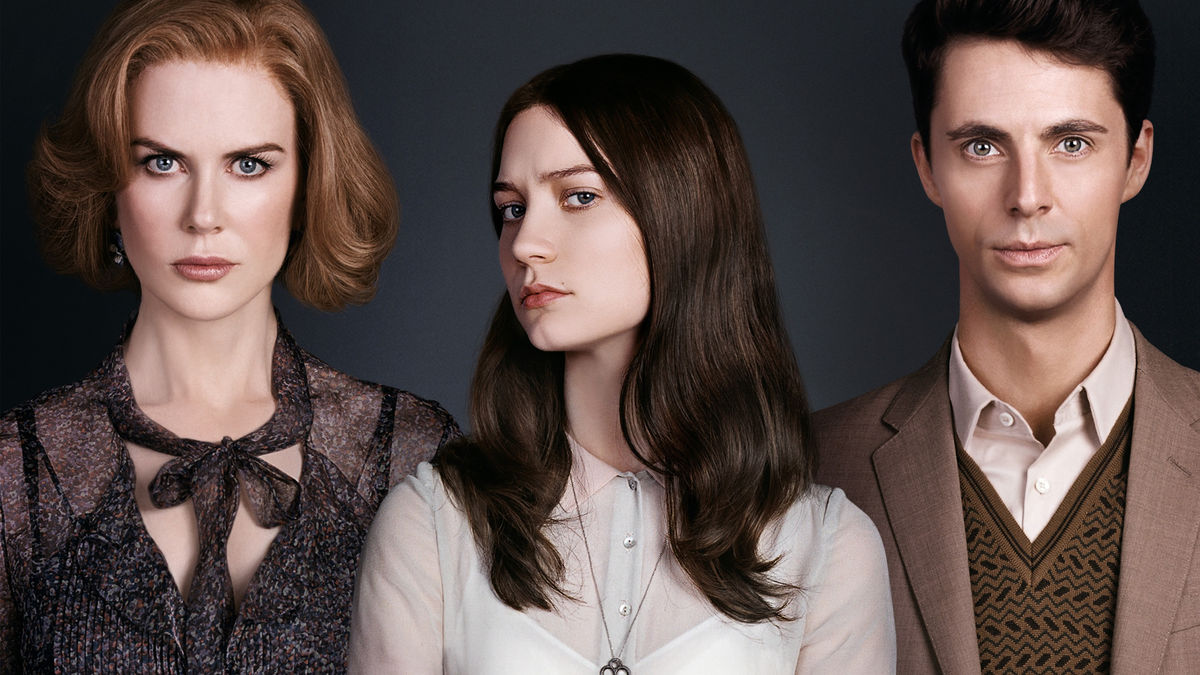
Alfred Hitchcock, the celebrated English film director and producer is well-known today for his well crafted and finely tuned psychological thrillers and black comedies. His filmmaking has had an enormous impact on not only the artistry that pervades modern thrillers to this day, but also upon the cultural consciousness of what thrillers and black comedy can be.
Perhaps most importantly, Hitchcock could be considered an indispensable case-study for the importance of formalism in editing and the way that the film’s craft can have upon nuance, narrative, pathos and the general “feeling” or tone of a film.
This is not only applicable to films that have been since described as film-noir, thrillers or black comedies, but the innovations that Hitchcock brought to the forefront of the cinematic language have repercussions and influence that transcend genre or generic typology. His ideas influenced modern-day film dramas, television, straight comedies, satire, parodies, as well as academic study within film studies and within critical theory.
Today, Hitchcock is seen not only as an innovator within film circles, but also within the greater circle of narratological study. His images and his ways of recomposition of imagery (through recorded cinema) allow us a different way of understanding the way images work upon an audience.
Below are ten films that have been influenced by Hitchcock and could be said to be continuations of his ideas through the Hollywood Golden age into the modern era. They could be said to be the “Best Hitchcock films that Hitchcock himself did not direct.”
10. Blow Out (1981)
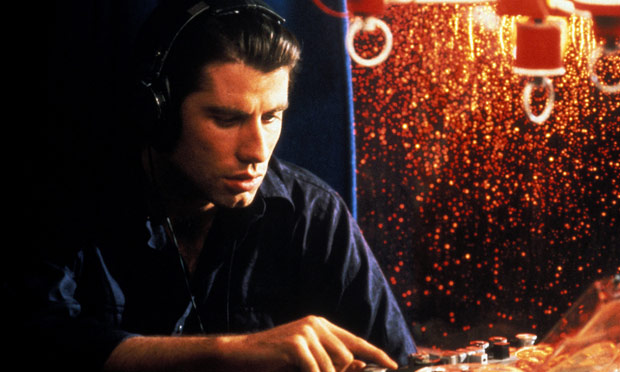
Brian de Palma’s Blow Out is itself an homage to Hitchcock, particularly in its sort of dialogical relation to Hitchcock’s films concerning grand conspiracy themes (Such as Blackmail, North by Northwest, The Man Who Knew Too Much, Foreign Correspondent, etc.).
However, de Palma uses the filmic linguistic precedent set by Hitchcock and expands upon it, using the notion of the fiction of cinema, exemplified by John Travolta’s character’s employment as a movie sound designer, creating a sense of paranoia of the reality of the experience throughout the film.
This essence of reality vs. perception is inherent to the sense of anxiety that Hitchcock was able to create in his conspiracy films (This is typified in Rear Window, with James Stewart being unable to differentiate from his perception of events from the reality). Stylistically, de Palma uses the noir-derived style developed by Hitchcock (the effusive exaggeration of seedy underbellies of cities, etc.) in order to create tension and disorientation.
By choosing to shoot the film mainly at night (by way of newer recording technology and not relying on filters/soundstages exclusively), de Palma was in a way able to reify the feeling of Hitchcock’s use of darkness/night-time as an evocation of suspense in a more real (or perhaps hyper-real way).
It’s undeniable that the influence of Hitchcock is present throughout every frame of the film; from the lingering close-ups of Travolta’s face as he listens to tapes, or the thoughtful establishing thoughts of seedy cinema houses, subways stations, or most particularly the use of animals as framing mechanisms for the furthering of the paranoid musings of John Travolta in sweeping dark alleys or empty sound studios.
9. Side Effects (2013)
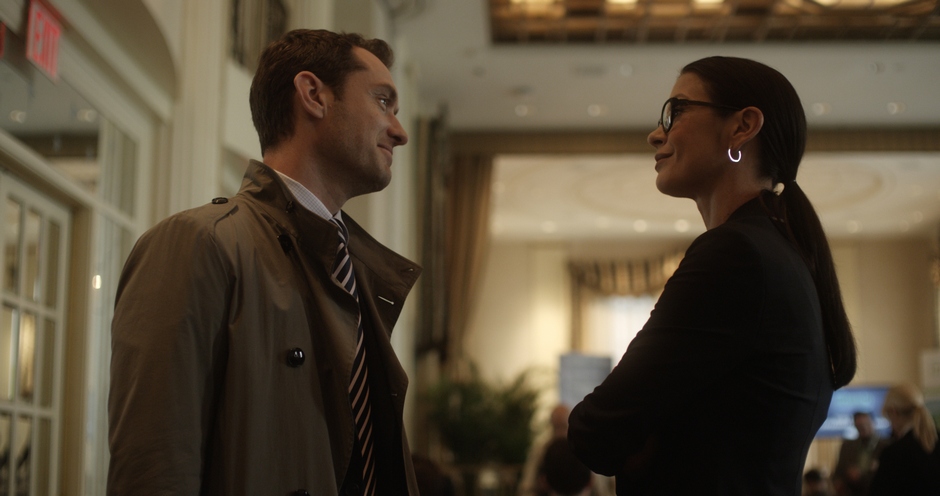
Steven Soderbergh’s Side Effects is at first glance an odd inclusion to this list, however it reflects many influences that perhaps originated with Hitchcock (particularly its focus on the human psyche and the hidden cryptic meanings thereof that work under the fold of our waking minds).
The film concerns itself with the eponymous side effects of an antidepressant drug that leads Emily Taylor (played by Rooney Mara) to stab her husband, Martin (Channing Tatum) to death. However, as in the best psychological thrillers/dramas we are led to believe that Martin’s death is not accidental and is rather part of a conspiracy by Emily to kill her husband and support the fall of the drug’s stocks to the benefit of accomplices.
In this way, we can see the similarities between many of Hitchcock’s films, but most notably Side Effects is imprinted with the aura or memory of Hitchcock’s films that deal with familicide, such as Family Plot and Shadow of a Doubt. Though Side Effects takes the concept further, it still is infused with notion of suspicion of one’s loved ones.
This suspicion is what made films like Shadow of a Doubt and Family Plot so interesting as Hitchcock realized that one of the truly horrific crimes are those committed by family members, by injecting this imagery into a narrative construct, Hitchcock was able to secure the pathos of his audience by interweaving our love of our family members with our greatest fears (the breach of this love) and so too, here does Soderbergh achieve the effect of transplanting our fear of a breach of trust with our family or loved ones into a modern day sort of exegesis of paranoia.
Rather than focusing on the family that is effected (in the way Hitchcock does, particularly within Shadow of a Doubt), Soderbergh flips the script and instead allows the audience to feel sympathy for the murderer.
This is not to say that Hitchcock hasn’t done this, rather he did so masterfully in Psycho, but it’s rather to say that combining the pathos of empathy for a murderer as well as empathy for the family of the murdered, Soderbergh was able to make a modern Hitchcockian drama-thriller that speaks to some of our more profound social issues as a North-American culture such as the nature of psychiatry, mental illness and greed.
8. Se7en (1995)
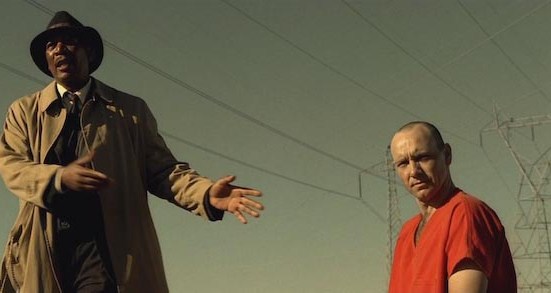
David Fincher’s Se7en from 1995 is one of the more clear-cut examples of Hitchcock’s influence upon the thriller genre. It sort of exudes the notion of ‘Hitchcockian-ness’. This is rather simplistic to say, but once we explore the cinematographic feel of the film it becomes more evident.
Particularly evocative is the use of archetypal imagery, from the 1940s ‘gumshoe look’ of Morgan Freeman’s costumes, the use of Biblical references and imagery as part of the mystery (something Hitchcock would feature prominently in his penultimate 1972 film, Frenzy), as well as the nature of the killer as a sort of paranatural being, something that is both human and seemingly inhuman (or at least a monstrous/duplicitous form of humanity) at the same time (another favored theme of Hitchcock’s, represented in films like The Birds and Spellbound).
Fincher’s style is reminiscent of Hitchcock’s later style in the way that he weaves through urban centres, yet doesn’t provide the urbanity as a location, but rather lingers upon mundanities, such as small restaurants, turnpikes, etc. By focusing on the mundanity of the character’s lives, Fincher, like Hitchcock before him allows us more than just mere glimpses into the psychology of the characters.
It’s perhaps in this way that Hitchcock (as well as Fincher) was more than just an artist in terms of an imagistic context. They both understand/understood that a film isn’t merely a narrative construct, but is also a psychological one.
The composite of literature, image, speech and psyche become subsumed into a greater spectacle of performance. They both understand that behind the masks of ourselves there is a mystery inside of everyone, not merely within those that we as a society fear. Perhaps our fear originates within ourselves.
7. Shutter Island (2010)
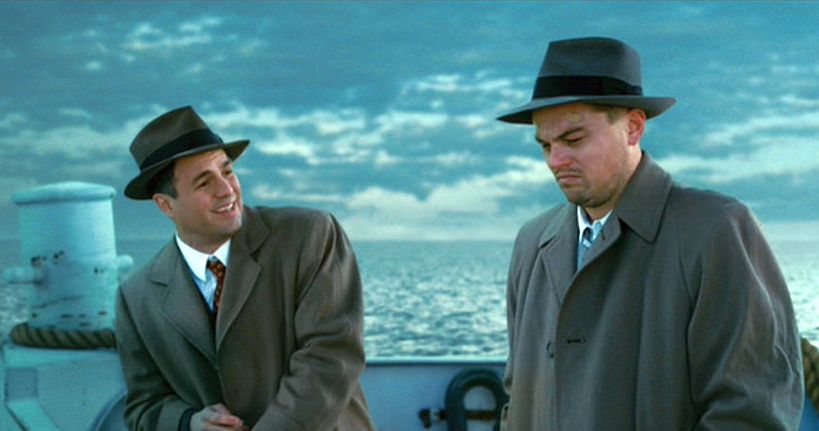
Speaking further to the concept of fear and the origins thereof that we successfully rendered by Hitchcock, we could turn to Scorsese’s Shutter Island as a more straight-forward experiment in attempting to translate these abstractions to the screen. With Shutter Island, Scorsese owes an enormous debt to Hitchcock and in some ways, we could describe the film as a spiritual cousin to films like Strangers on a Train or perhaps more stringently to Hitchcock’s Psycho.
Shutter Island sees us through a sort of neo-noir mystery with the Caligari-esque reveal that DiCaprio’s character is himself a patient at an asylum. The film was seen at the time as a weak entry into Scorsese’s oeuvre, however it does some justice to the musings of Hitchcock’s earlier entries into the Thriller genre and greatly expands the notion of the unreal acting as a sort of provocation to action on the part of those who are dangerous.
By extrapolating on themes that were earlier analysed in Psycho (specifically relating to the psyche of those who are in the midst of psychological episodes of mania, etc.) both Scorsese and Hitchcock use their films as attempts to understand the nature of the mind as it applies to these specific circumstances (murder, dysphoria, etc.).
In this way, both Scorsese and Hitchcock don’t necessarily attempt to demonize these characters in the way other schlocky thrillers do, but rather try to use the pathos of the narrative to describe why people may be driven to act in certain ways.
In doing this, they confront our fears and misconceptions about mental illness and allow us to empathize with other people in a way that both forces us, as an audience, to confront our fears not by fighting them (as these communal fears are dealt with in slasher flicks), but rather to understand them in a sort of humanist way.
6. Source Code (2011)
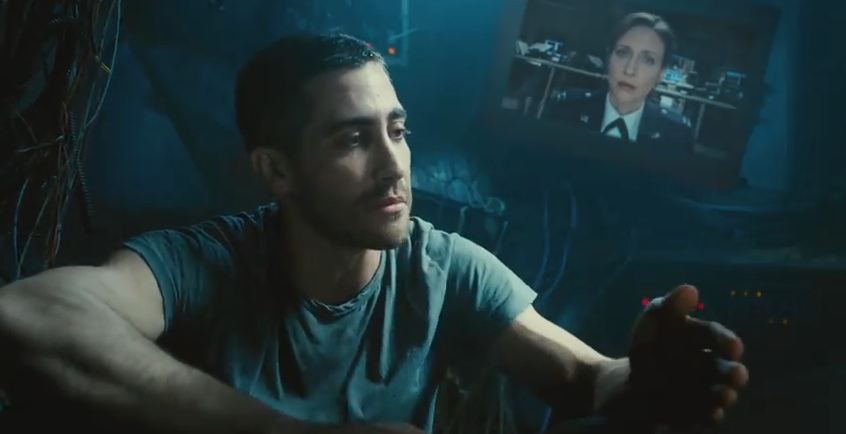
Duncan Jones’ Source Code from 2011 is at first glance a sort of post-modernist commentary on surveillance culture, however the paranoia that seeps out of this film is directly tied to the legacy of Hitchcock and his suspicion of surveillance (though Hitchcock was of course influenced by the security and espionage endemic to the Cold War-era, it speaks to the universality of these themes that people are just a concerned with these ideas today as they were a half century ago.).
Both Jones and Hitchcock were immediately concerned with the role of the individual within the context of greater social events. Hitchcock’s preoccupation with this idea is seen across his films, pitting the agency of one individual in direct opposition to the will of a group. He also deals with the role of an individual in the position of authority of the greater group (This is depicted most poignantly in Rope).
In Source Code, Jones focuses on the way an individual is able to influence the actions of others (and using the sort of gimmicky plot-device of temporal-spatial travel), he describes the different situations where the will of individuals can influence the contiguity of the collective.
Hitchcock uses this dynamic in Rope to explain that when we are offered rules to follow/obey we generally will follow through with them, and this is tackled in Jones’ film, while albeit Stevens (played by Jake Gyllenhaal) attempts to break free from his servitude to the Army (in essence, he is trapped until he completes his mission and perhaps remained trapped at the end of the film), he ultimately is not allowed his own agency as some authority higher than his own directs his actions.